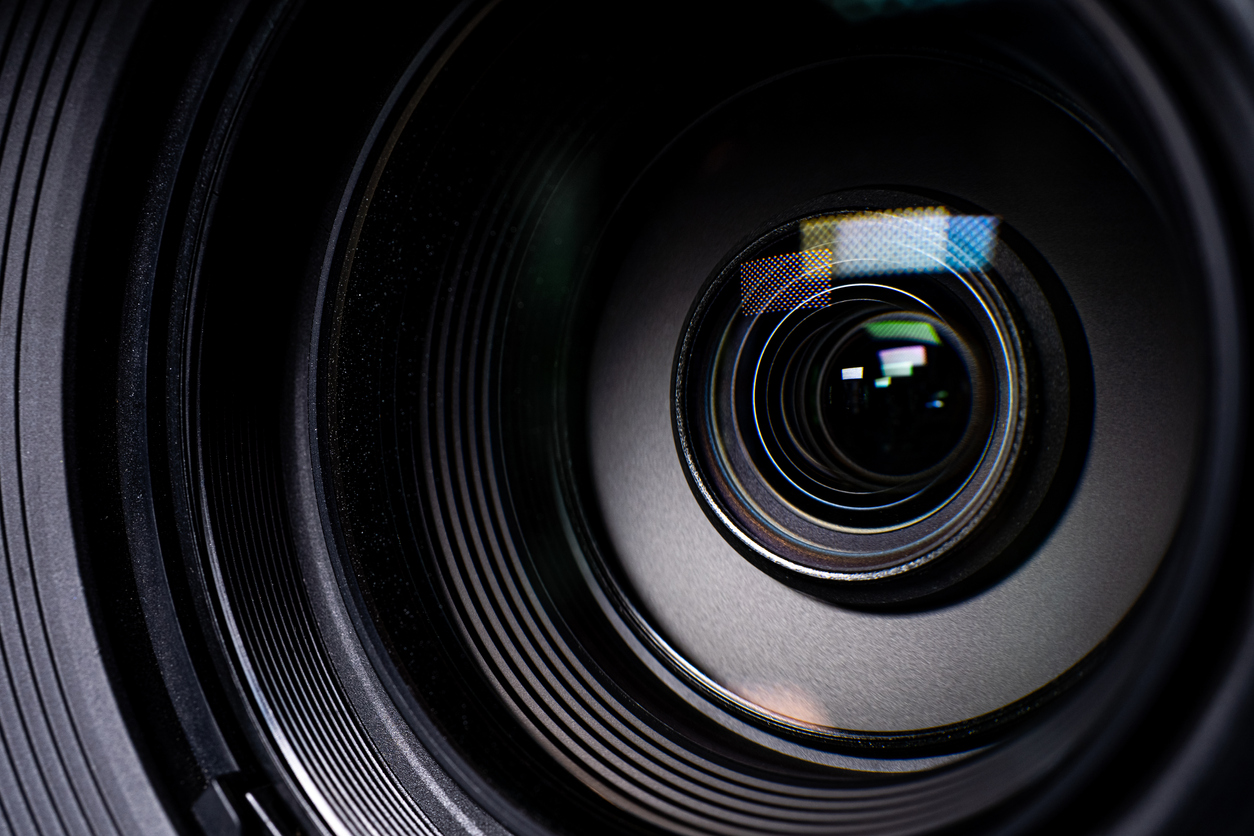Blog



Magnifying Power: 5 Common Applications of Lenses
Lenses are an integral part of our everyday lives, from the lenses in our eyes to the phones in our pockets.
Here are 5 applications of lenses thanks to the optics and photonics industry:
Magnifying Glasses

A magnifying glass is nothing more than a large convex lens held in a frame. It’s possibly the simplest application of a lens in common use.
The lens is used to magnify small objects such as insects or individual leaves on plants so that the viewer can better see them and the details on them. The amount of magnification depends on the power of the lens used, as well as the distance between the lens and the object.
If you’re looking to see the tiny details on something really small, for example, you will need to get a magnifying glass that has a higher-powered lens and ensure you’re holding it close enough to the subject to see those details.
Cameras

Cameras use a system of lenses to reflect and magnify the image you’re trying to take a picture of, using light to render the photograph on film or in digital format.
The aperture is an opening that lets light into the camera. The lenses are then moved back and forth to help the camera focus on the image you’re trying to capture, then the final image is captured when you press the shutter button.
All the lenses inside the camera have to work together to focus on the image to create the clearest, most true representation of whatever you’re taking a picture of, or else you end up with a blurry photo. When the lenses work together properly, you get a sharp, clear photo to help you remember a moment.
Corrective Lenses

While we all have lenses in our eyes that help us see our surroundings, sometimes those lenses don’t work correctly.
In these situations, corrective lenses - either in the form of glasses or contact lenses - are added on top of the eye to help properly focus and represent images of things around you.
Depending on how poor your vision is, you may need lenses of a higher power to help you drive, read, and cook without too much difficulty. And, if your eyes need different lens powers to focus on objects that are far away and those that are up close, corrective lenses can be made into bifocals and trifocals allowing you to switch between magnifying powers without having multiple pairs of corrective lenses.
Microscopes

Essentially, a microscope is a series of magnifying glasses housed in a tube. Because there are more lenses, and the lenses have varied magnifying power, microscopes can show an incredible amount of detail.
Thanks to microscopes, scientists have discovered microscopic organisms such as bacteria, and they’ve been able to see small parts of tiny organisms, such as the heart cavities of insects and microorganisms.
Telescopes

While microscopes magnify tiny things that are fairly near, telescopes use the same system of lenses to show us large structures that are very far away.
In their long tubes, telescopes house lenses with powerful magnification properties that allow scientists and space enthusiasts here on Earth to see distant planets, galaxies, and objects floating millions of light years away from us.
Without the invention of the telescope, our knowledge of space would be limited to the stars and structures, such as the moon, that can be seen with the naked eye.
Optics Simulation Software Sales and Consulting
At CBS Inc., we have years of experience in optics and photonics simulation software sales, consulting, support, and training. We are the exclusive Canadian distributor for Photon Design and Photon Engineering’s FRED software products, and provide the superior support you deserve. Contact us today!
